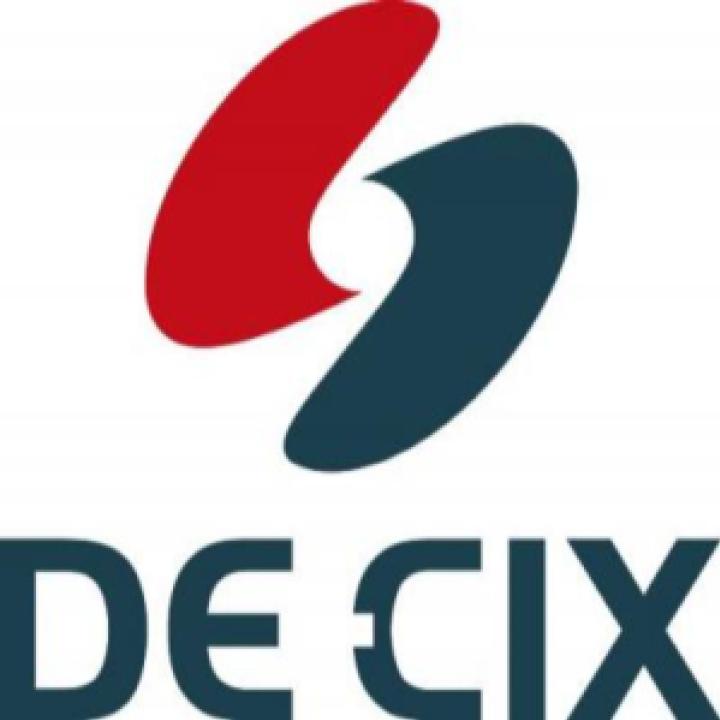India's digital landscape is undergoing a significant transformation, with Peering Exchange Points (IXPs) playing a pivotal role in enhancing internet connectivity and supporting the nation's burgeoning digital economy. As of 2023, India secured the second position in Asia for the most Internet Exchange Points per country, underscoring its commitment to advancing digital infrastructure.
Current Landscape of Peering Exchange Points in India
The proliferation of IXPs in India has been remarkable. According to the Internet Society Pulse Country Report, India achieved the second-highest number of IXPs in Asia in 2023, reflecting a significant milestone in the nation's digital infrastructure development.
This expansion is crucial for accommodating the escalating data consumption and supporting the digital economy's growth.
Trends Shaping the Future of IXPs in India
1. Increased Investments in IXP Infrastructure
The surge in data consumption and IT workloads has prompted companies like Extreme Infocom and DE-CIX India to plan substantial investments in IXP infrastructure. These investments aim to enhance data exchange capabilities, reduce latency, and improve overall network performance, thereby supporting the growing demands of India's digital ecosystem.
2. Regulatory Developments
The Indian government is actively engaging in discussions to regulate IXPs, aiming to build enhanced resilience and sustainability into the internet system. These regulatory efforts are expected to foster a more robust and secure digital infrastructure, accommodating the rapid growth of internet users and services.
3. Community-Led Initiatives
Community-driven projects, such as the establishment of Kolkata IX, India's first community Internet Exchange, highlight the collaborative efforts to improve regional connectivity. Such initiatives empower local networks, reduce dependency on international bandwidth, and promote localized data exchange, contributing to the overall efficiency of internet services.
Developments Impacting IXPs in India
1. Global Connectivity Projects
Global initiatives, like Meta's Project Waterworth, aim to construct a 50,000 km subsea cable system connecting the US, India, South Africa, Brazil, and other regions. This project is poised to enhance internet speeds and capacity, supporting the growing demand for digital services and applications in India.
2. Expansion of Data Centers
The National Stock Exchange of India's expansion of its co-location data center capacity by over 200 racks reflects the increasing demand for robust data infrastructure. This expansion supports faster access to information and improved connectivity, which are essential for the seamless operation of IXPs.
Challenges and Opportunities
Despite the growth in the number of IXPs, India's IXP utilization rate stands at approximately 22.6%, which is lower compared to countries like Indonesia, Brazil, and Russia, where rates are closer to or exceed 50%. This indicates significant potential for increasing IXP utilization to enhance network efficiency and reduce costs associated with data transit.
Conclusion
The future of Peering Exchange Points in India is marked by promising trends and developments. With increased investments, supportive regulatory frameworks, community-led initiatives, and global connectivity projects, IXPs are set to play a crucial role in advancing India's digital infrastructure. Addressing challenges such as low IXP utilization rates presents opportunities for further enhancing network efficiency and supporting the nation's digital transformation.














